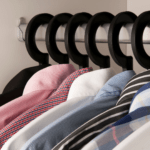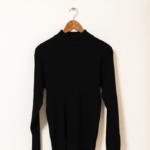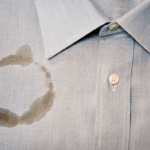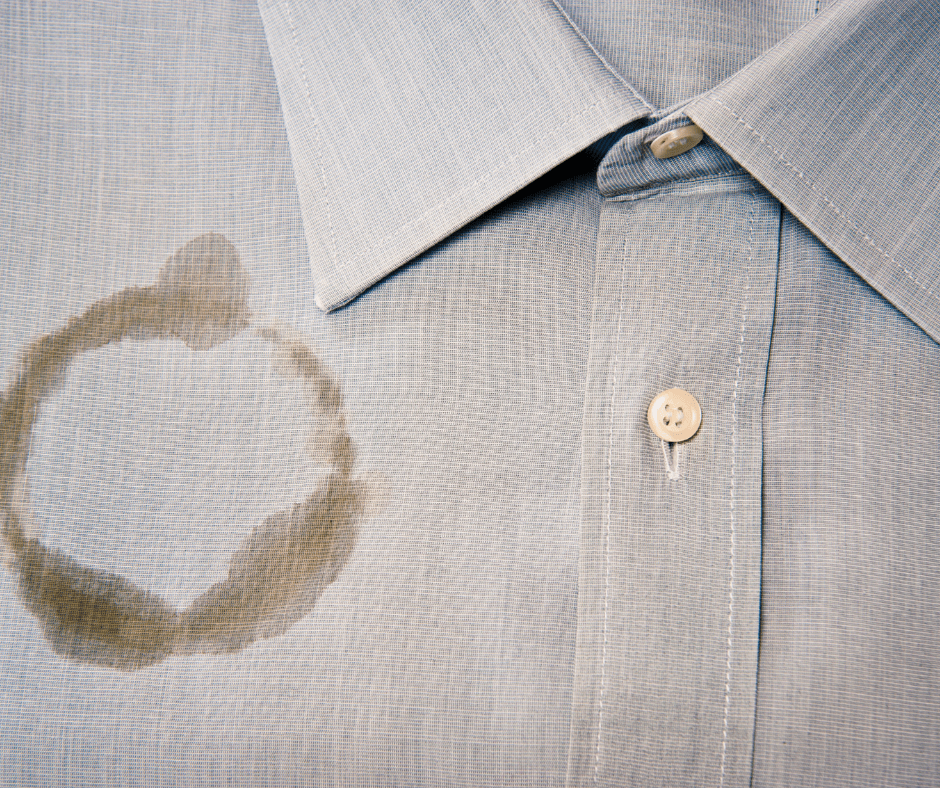Do you have stains on your clothes?
Stains can make your nice dress no longer wearable. This can be very disappointing! Some stains may require expert treatment to remove although many stains with a little extra timely attention can easily be removed at home.
All stains must be removed early. This is the number one cardinal rule. Early removing of stains avoids the stain from setting which makes them nearly impossible in some situations to remove.
Number two cardinal rule is that applying heat on stain can set it and so avoid it.
Number three, many do-it-yourself concussions rather end up not properly taking out the stain leaving residues which over time become problematic as they turn into invisible stains which reappear when they have finally set.
Number four, always test any chemicals you want to use at an inconspicuous area for bleeding before you use.
Number five, know the material you are dealing with. Some procedures may not be suitable for some materials
It cannot be over emphasized that there is need for proper attention for the stain removal procedure you want to adopt. On this basis, I do wish to note that the ideas being shared here are used at the users own risk and that professional stain removers have chemicals at the right concentrations, tools and years of practice which make them good at what they do.
Stains can broadly be categorized into three. Earth type stains, body type stains, and oil type stains. We will look at how to remove these types of stains one after the other below.
Earth type stains
Earth type stains are mainly from plants and the soil. Types of these stains are coffee, tea, wine, soda, juices, dyes, ketchup, mud, mustard, grass etc.
We often refer to Earth type stains as tannin stains. If the stain is a combination of oil and tannin such as chlorophyll, work on the oil side first and then you can proceed to the tannin stains.
Tannin stains should be treated first before any application of ammonia so that the stains do not set.
The stain removal solution to remove tannin stains is made up of 2oz water, a quarter of a teaspoon of detergent, 2oz of white vinegar. The objective here is to make the stain almost invisible.
Apply the stain removal solution and tamp the spot with a soft brush. Soon, the solution will begin to breakdown the stain. Rinse the stain with water and use a cotton cloth to blot the area. Once the stain becomes noticeably light and largely removed, bleach with peroxide and then ammonia using any eyedropper. If there is a reaction leading to colour change on the fabric after applying ammonia, apply white vinegar to neutralize the reaction. You may now wash the dress. It is necessary to pay attention during the process so that you are fully aware of what is taking place.
Body type stains
Body type stains as also referred to as protein stains. Examples of which are blood, milk, urine, sweat, most stains that come from human and animal body excretions. If the stain has a fat or oil content, please work on the oil side (dry side) first before working on the water side (wet side) solution.
First, we create our cleaning solution which is made up of a mixture of 4oz water, half a teaspoon of liquid detergent and half a teaspoon of ammonia. We thoroughly mix the solution.
Next, we apply the solution sparingly on the spot as we tamp lightly with a soft brush. We try to break down the stain as we tamp and lightly scrub the spot. The spot should start breaking down and becoming lighter. When we have the stain almost invisible, it is now time to bleach the stain.
For that, we first apply and rinse with water to remove as much of the stain. With the stain now almost colourless, we use an eyedropper to apply hydroperoxide followed by ammonia. After bleaching, neutralise the spot by applying some vinegar. Hurray, the stain should now be gone. It is now time to wash the dress and have it ready for wearing. It is necessary to pay attention as you are removing the spot so that you can take evasive actions if things do not go as expected.
Oil type stains
Oil type stains are normally oil based and do not dissolve well in water. Examples include paint, grease, types of ink, lipstick, vegetable oils, butter, fat, etc. They are also referred to dry side stains as water cannot be used in their removal. If the stain is wet, first blot dry the stain.
To deal with these stains, we use a solvent such as a lighter fuel or naphtha. The caution is that always test in an inconspicuous place before applying any solvent and for that matter any stain removal solution to your item. The type of fabric material must be considered in any application undertaken.
Apply the solvent gradually to dissolve the oils and blot the stains from the material. After a couple of time when no further stain can be dissolved, it is advisable to apply the tannin procedure to the stain as most stains tend to be a combination stain i.e., made up of both dry side stain and wet side (water based) stain. Follow the procedure outlined previously.
After the treatment, kindly wash your item in the washer and your clothes should come out clear.
The approach above would remove most stains you would encounter however, professional dry cleaners are more experienced on the procedures outlined and can assist you with any stains you are either not sure of what they are or those difficult to treat stains that may need extra care.
Now you have all the basics in removing stains, if you need professional help, Smile Laundry is here to help you!






After going over a handful of the blog articles on your website, I truly appreciate your technique of writing a blog. I bookmarked it to my bookmark webpage list and will be checking back in the near future. Please check out my website as well and let me know what you think.